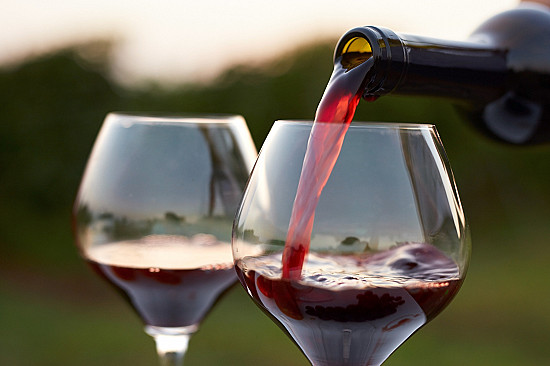
The art of aging: understanding wine maturation
Wine aging is an art form that has fascinated oenophiles for centuries. It’s a complex process that transforms the raw vibrancy of a young wine into a nuanced, complex beverage that tells a story of its origin, grape, and the conditions under which it was aged. This blog post delves into the intricacies of wine maturation, shedding light on how wines evolve over time and the factors that influence this fascinating process.
The basics of wine aging
At its core, wine aging is the process by which a wine evolves in a controlled environment over time. This can occur in barrels, stainless steel tanks, or bottles. The goal of aging is to improve the wine’s flavor, aroma, and texture, allowing it to reach its full potential. Not all wines are meant to be aged; many are crafted for immediate consumption. However, those selected for aging undergo remarkable transformations, developing depth and complexity that can only be achieved through time.
The influence of oxygen
Oxygen plays a pivotal role in the aging process. When wine is exposed to oxygen (a process known as oxidation), it undergoes chemical reactions that alter its composition. In controlled amounts, oxygen can help soften tannins and develop more complex flavor profiles. Barrel aging introduces a small amount of oxygen into the wine over time, while bottle aging occurs in a nearly oxygen-free environment, leading to different aging trajectories.
The role of tannins and acidity
Tannins and acidity are critical to a wine’s aging potential. Tannins, found primarily in red wines, act as natural preservatives that can protect the wine as it ages, gradually softening and contributing to the wine’s evolving texture. Acidity, present in all wines, helps maintain freshness and balance, preventing the wine from becoming flat or overly oxidized as it matures.
Temperature and humidity
The conditions under which wine is aged can significantly impact its development. Ideal aging conditions are typically cool (around 55°f or 13°c) and moderately humid, to prevent corks from drying out. Fluctuations in temperature and humidity can adversely affect the aging process, potentially spoiling the wine or accelerating its maturation beyond the desired pace.
The magic of bottle aging
Bottle aging is where wine truly comes into its own. Over time, complex chemical reactions occur, including the development of tertiary aromas that are not present in younger wines. These can include notes of forest floor, tobacco, leather, and dried fruits, contributing to the wine’s complexity and allure. The sediment that forms in aged wines is a natural byproduct of these reactions, often considered a sign of a well-aged wine.
Choosing wines to age
Not all wines benefit from long-term aging. Factors that contribute to a wine’s aging potential include grape variety, winemaking style, vintage quality, and initial acidity and tannin levels. Wines with a high concentration of tannins and acidity, from reputable producers and quality vintages, are typically the best candidates for aging.
The personal touch
Wine aging is not just a science; it’s also a matter of personal taste. Some wine enthusiasts prefer the bold, fruit-forward characteristics of younger wines, while others seek the subtlety and complexity that only time can bring. The decision of when to open an aged wine is a personal one, influenced by individual preferences and the specific characteristics of the wine.
Conclusion
The art of aging wine is a testament to the patience and foresight of winemakers and collectors alike. It’s a process that highlights the transformative power of time, revealing the depth and complexity that wines can achieve. Whether you’re a seasoned collector or a curious novice, exploring the world of aged wines can offer a rich and rewarding experience, deepening your appreciation for the craft of winemaking and the timeless allure of wine.


